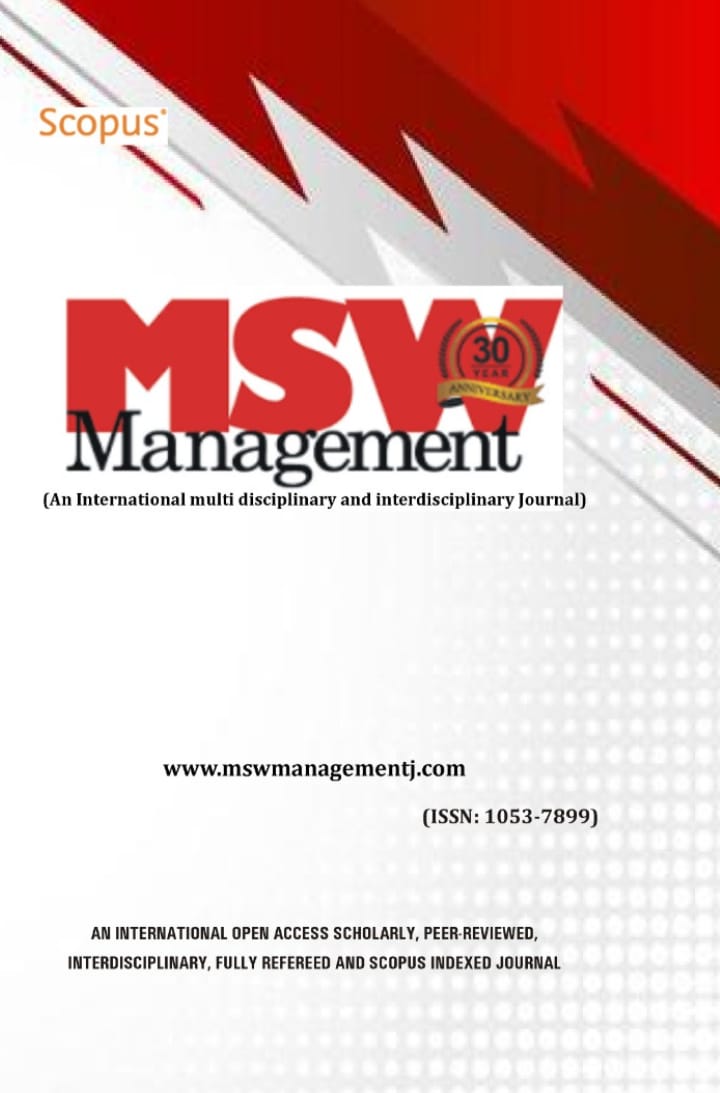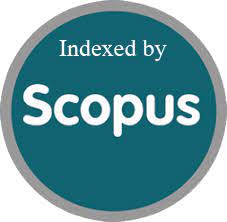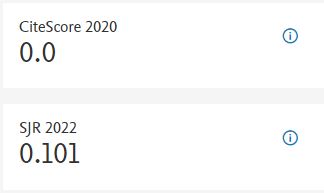Monetary Policy Through the Ages: Global Trends and India's Path to Stability.
DOI:
https://doi.org/10.7492/rgem4e51Abstract
This research paper explores the evolution of monetary policy on a global scale, with a specific focus on the Indian context. It begins by tracing the historical development of monetary policy, starting from the classical gold standard to the Keynesian approach during the Great Depression, which emphasised demand management. The rise of monetarism in the 1970s introduced the notion of controlling the money supply to manage inflation, culminating in the widespread adoption of Inflation Targeting (IT) in the 1990s. This framework has been pivotal in enhancing economic stability and transparency among central banks worldwide. In India, the transition from a pre-reform era characterised by strict regulatory controls to the implementation of the Multiple Indicator Approach (MIA) in 1998 marked a significant change. The adoption of inflation-targeting ( IT) in 2015 represented a major shift in monetary policy, with the Reserve Bank of India (RBI) explicitly setting inflation targets to guide policy decisions. This paper highlights the interplay between domestic economic challenges and global influences that have shaped monetary policy in India, illustrating the importance of flexibility and responsiveness in policymaking. By examining these developments, the research aims to provide insights into the future trajectory of monetary policy in India and its implications for economic growth and stability.

















